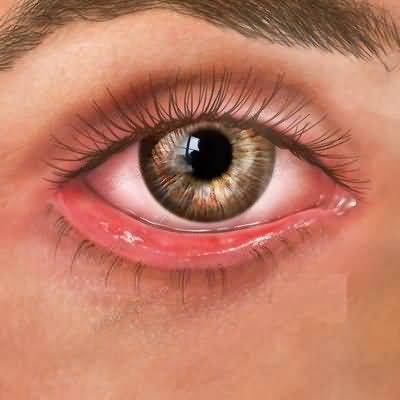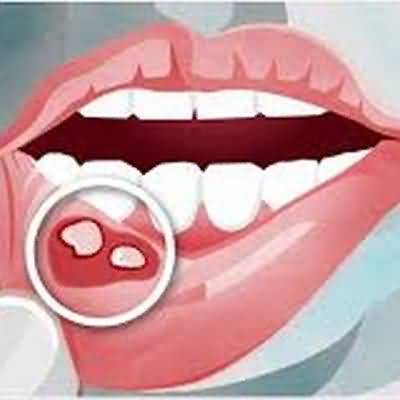malignant nasopharyngeal
malignant nasopharyngeal
Though rare, malignant tumors of the nose, nasopharynx, and paranasal sinuses are quite problematic because they tend to remain asymptomatic until late in their course
Squamous cell carcinoma is the most common cancer found in the sinuses and nasopharynx
It is especially common in the nasopharynx, where it obstructs the eustachian tube and results in serous otitis media
Nasopharyngeal carcinoma (nonkeratinizing squamous cell carcinoma or lymphoepithelioma) is usually associated with elevated IgA antibody to the viral capsid antigen of the Epstein-Barr virus (EBV)
It is particularly common in patients of southern Chinese descent and has a weaker association with tobacco exposure than other head and neck squamous cell carcinomas
Adenocarcinomas, mucosal melanomas, sarcomas, and non-Hodgkin lymphomas are less commonly encountered neoplasms of this area
Early symptoms are nonspecific, mimicking those of rhinitis or sinusitis
Unilateral nasal obstruction, otitis media, and discharge are common, with pain and recurrent hemorrhage often clues to the diagnosis of cancer
Any adult with persistent unilateral nasal symptoms or new otitis media should be thoroughly evaluated with nasal endoscopy and nasopharyngoscopy
A high index of suspicion remains a key to early diagnosis of these tumors
Patients often present with advanced symptoms, such as proptosis, expansion of a cheek, or ill-fitting maxillary dentures
Malar hypesthesia, due to involvement of the infraorbital nerve, is common in maxillary sinus tumors
Biopsy is necessary for definitive diagnosis, and MRI is the best imaging study to delineate the extent of disease and plan appropriate surgery and radiation
Treatment depends on the tumor type and the extent of disease
Very early stage disease may be treated with megavoltage radiation therapy alone, but advanced nasopharyngeal carcinoma is best treated with concurrent radiation and cisplatin followed by adjuvant chemotherapy with cisplatin and fluorouracil
This chemoradiation therapy protocol significantly decreases local, nodal, and distant failures and increases progression-free and overall survival in advanced stage disease
Locally recurrent nasopharyngeal carcinoma may in selected cases be treated with repeat irradiation protocols or surgery with moderate success and a high degree of concern about local wound healing
Other squamous cell carcinomas are best treated—when resectablewith a combination of surgery and irradiation
Cranial base surgery, which can be done endoscopically using image navigation, appears to be an effective modality in improving the overall prognosis in paranasal sinus malignancies eroding the ethmoid roof
Although the prognosis is poor for advanced tumors, the results of treating resectable tumors of paranasal sinus origin have improved with the wider use of skull base resections and intensity-modulated radiation therapy
Cure rates are often 45–60%


















